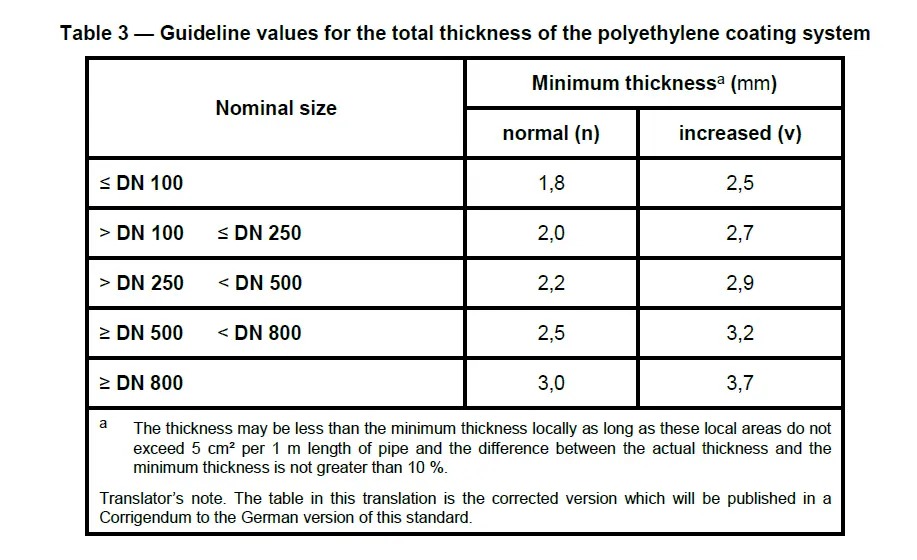Arc welding is a widely used technique in pipeline fabrication, particularly for applications involving groundwater supplies. However, like any industrial process, it comes with its own set of challenges. In this blog, we will explore common challenges faced during pipeline arc welding and provide effective solutions to ensure a high-quality, durable product is produced.
Our factory is located in Cangzhou, Hebei Province and has been at the forefront of pipe manufacturing since 1993. Our factory covers an area of 350,000 square meters and has 680 professional employees. We are proud to use advanced spiral submerged arc welding technology, which ensures the superior quality and durability of our products. This state-of-the-art technology is designed to meet the highest standards of groundwater supply, making our pipes a reliable and long-lasting solution for a variety of applications.
Common Challenges of Arc Welded Pipe
1. Inconsistent weld quality: One of the most common problems in arc welding is achieving consistent weld quality. Variations in heat input, travel speed, and electrode angle can result in a weak or incomplete weld.
Solution: Implementing strict quality control measures and utilizing automated welding systems can help maintain consistency. Regular training of welders on best practices and using advanced monitoring technology can also improve weld quality.
2. Deformation and bending: The heat generated during the welding process may cause the pipe to bend or deform, resulting in misalignment and potential failure in the application.
Solution: Preheating the pipe before welding and using proper clamping techniques can minimize distortion. Additionally, employing multi-pass welding techniques can help distribute heat more evenly, reducing the risk of warping.
3. Porosity and Inclusions: The presence of air pockets (porosity) or foreign matter (inclusions) in the weld can compromise the integrity of the pipe.
Solution: Ensuring a clean working environment and using high-quality filler materials can significantly reduce the risk of porosity and inclusions. Regular inspection of welding equipment and arc welding pipe is also essential to maintain cleanliness.
4. Cracking: Due to rapid cooling or improper welding techniques, cracking may occur, resulting in structural failure of the pipeline.
Solution: Controlling cooling rates and using preheating techniques can help prevent cracking. In addition, selecting the proper filler material that matches the parent material can enhance the weld’s resistance to cracking.
5. Insufficient Penetration: Insufficient penetration can result in a weak joint that may fail under pressure.
Solution: Adjusting welding parameters such as voltage and current can increase weld depth. A thorough inspection and testing of the weld will also help identify and correct any problems before the pipeline is put into service.
in conclusion
At our Cangzhou facility, we understand the importance of overcoming these common arc welding challenges to produce pipe that meets the highest standards of quality and durability. By utilizing advanced spiral submerged arc welding technology, we ensure that our products are not only reliable but also able to meet the needs of a variety of applications, especially in groundwater supply systems.
By facing these challenges head on and implementing effective solutions, we can continue to provide our customers with quality products that stand the test of time. Whether you need pipes for construction, infrastructure or industrial applications, our commitment to quality and innovation ensures you get the best solution for your needs.
Post time: Mar-26-2025


